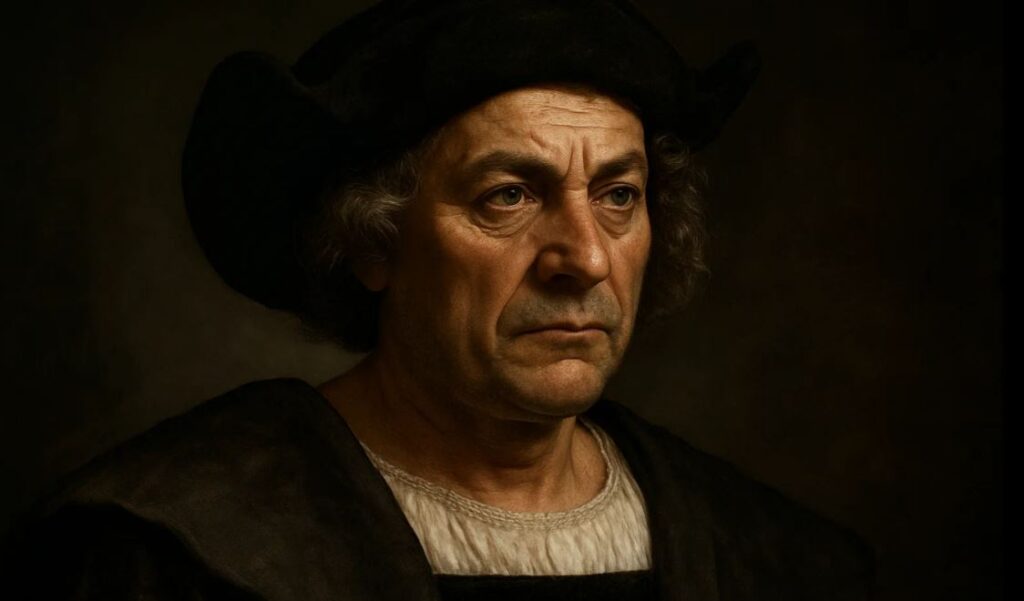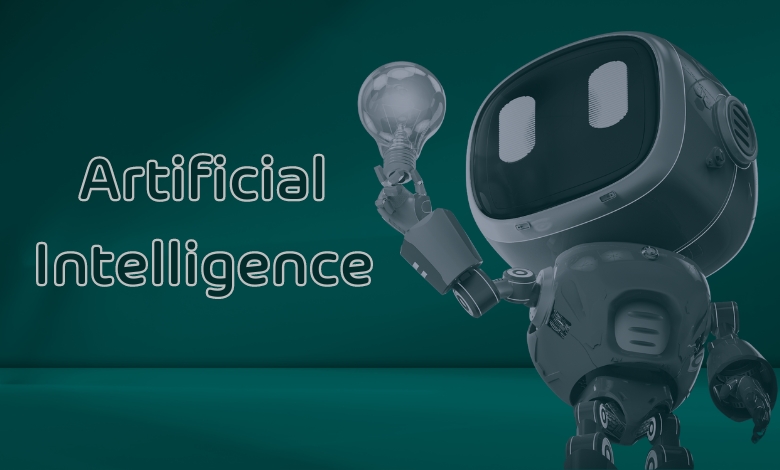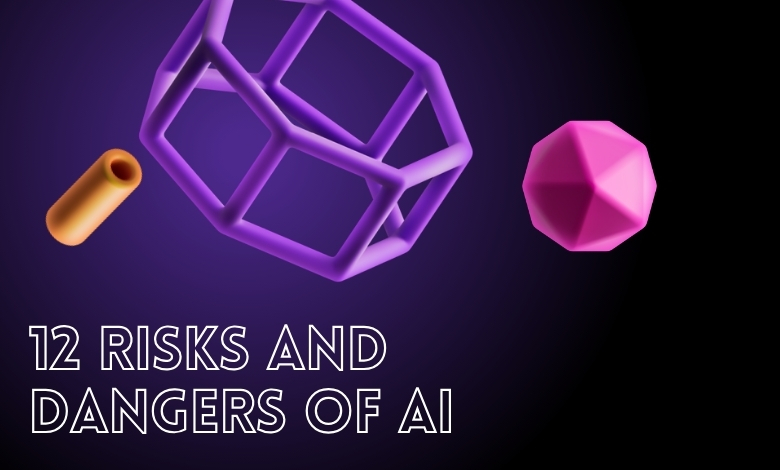AI prompts generates a hyperrealistic image of Christopher Columbus, sparking debate on history, realism, and digital truth.
AI prompts can generate hyperrealistic images of Christopher Columbus using diffusion-based neural models trained on art and photography, producing lifelike yet imagined portraits that challenge how we perceive historical truth.
It started with a scroll.
Not through a museum catalog, not a dusty history book, but a digital feed; one of those endless, hypnotic scrolls through images that seem too real to exist. That’s when I stopped.
There he was: Christopher Columbus, rendered not as a statue or a faded portrait, but as a man who might’ve just stepped out of an airport terminal. Wrinkled skin textured like sunburnt parchment. Eyes that looked curious; almost anxious. The caption read:
“AI prompts generates a hyperrealistic image of Christopher Columbus.”
At first, I laughed. Another AI stunt, I thought. But the longer I stared, the more unsettling it felt.
Was this what he actually looked like?
Or what we wanted him to look like in 2025; refracted through our collective imagination and machine precision?
That single image didn’t just blur art and technology. It blurred time itself.
Article Breakdown
What It Means When AI Recreates History
The phrase “AI prompts generates a hyperrealistic image of Christopher Columbus” sounds almost clinical; like a headline for tech enthusiasts. But underneath it lies something deeply human: our longing to see the unseen.
For centuries, Columbus has existed mostly as an idea. A name in textbooks. A bronze bust on a square. A symbol; depending on who you ask; of discovery, conquest, or contradiction.
But what happens when AI takes that idea and gives it skin, hair, pores, and light in his eyes?
Generative AI tools now allow users to input text prompts like:
“Generate a hyperrealistic portrait of Christopher Columbus, 15th century explorer, realistic lighting, Renaissance detail.”
In seconds, the machine does what painters once spent months on; and it does it without memory or morality.
What’s fascinating is not the realism itself, but the illusion it creates:
That we can finally “know” what Columbus looked like.
That the machine has somehow reached back through time and pulled an image from history’s archive.
But that’s not what it’s doing at all.
The Machine Isn’t Remembering; It’s Dreaming
Hyperrealism in AI isn’t the same as truth. It’s coherence dressed as authenticity.
AI models don’t access Columbus’s face from a historical database. They synthesize patterns from millions of human faces; explorers, nobles, old oil paintings; and generate something statistically plausible.
It’s not history. It’s a hallucination.
And yet, when you see it, you believe it.
That’s the paradox of our age:
We built machines that don’t know what’s real, and yet they make us feel reality more intensely than ever.
The image of Columbus that AI created; broad-shouldered, weathered, uncertain; wasn’t from history. But it told a truer emotional story about how we imagine discovery: brave, flawed, human.
In that sense, AI didn’t just recreate Columbus. It reinterpreted our relationship with him.
Why Columbus? Why Now?
It’s interesting that the internet collectively fixated on this specific image.
In 2025, we’re in an era where the past feels unsettled. Statues fall, curriculums shift, and history gets rewritten through the lens of justice, identity, and truth.
So when AI generates a hyperrealistic image of Christopher Columbus, it’s not just art; it’s a mirror of our cultural tension.
People see what they want to see.
For some, the image feels like closure; a chance to humanize someone too often reduced to controversy.
For others, it’s an uncomfortable reminder that AI can beautify even the most divisive figures.
Maybe the reason this image went viral isn’t because it looked real; but because it made us question what “real” even means.
The Technical Anatomy of a “Hyperrealistic” Prompt
Let’s unpack what’s actually happening when someone types that prompt.
A user might enter something like:
“Ultra-detailed, photorealistic portrait of Christopher Columbus, cinematic lighting, 15th-century clothing, 8K detail.”
Behind the scenes:
- Text Encoding: The model converts the words into mathematical meaning; a semantic map.
- Latent Diffusion: It starts with random noise and “denoises” it step by step, guided by what it thinks the words imply.
- Training Data Influence: Millions of Renaissance-style faces, portraits, and photos contribute aesthetic DNA to the image.
- Final Sampling: Out pops Columbus; or rather, a visual average of how “Columbus” has been collectively imagined.
That’s why two AI models can produce two completely different “realistic” Columbuses; one noble, one sinister, one old, one youthful.
It’s not algorithmic accuracy. It’s cultural projection through code.
When Pixels Become Propaganda
Here’s where it gets complicated.
An AI-generated image of Columbus can look so real that it starts circulating as if it were authentic. A few captions later, and someone’s posting it on social media saying: “This is the only verified photo of Columbus, generated by AI using historical DNA data.”
It’s false, but it spreads faster than the correction ever could.
This is the double-edged sword of hyperrealism; the more believable the art, the less we question its origin.
In that sense, AI isn’t just generating images. It’s generating belief.
AI doesn’t lie; people lie through it.
From Canvas to Code; How Artists Reacted
Traditional painters and digital artists have had mixed reactions.
Some see it as theft; algorithms trained on centuries of artistic labor. Others see it as evolution; art breaking free from the limits of hand and time.
One painter described it beautifully:
“When AI paints Columbus, it’s not painting him; it’s painting how humanity remembers him.”
That distinction matters.
Because in every brushstroke of an AI image, there’s a faint echo of collective imagination.
And that’s both haunting and holy.
Comparing Old Portraits vs AI Images
| Aspect | Historical Portraits | AI-Generated Image of Columbus |
| Medium | Oil on canvas | Digital diffusion synthesis |
| Accuracy | Based on artist’s live subjects or descriptions | Based on probabilistic data patterns |
| Emotion | Interpretive, human | Calculated, data-driven |
| Speed | Months or years | Seconds |
| Authorship | Individual artist | Collective dataset |
| Cultural Impact | Slow-burn influence | Viral immediacy |
This comparison shows how technology didn’t just replicate art; it redefined what authorship even means.
AI as the New Archaeologist
There’s something poetic about using a machine; built from silicon and statistics; to reimagine figures buried under centuries of myth.
AI is the new archaeologist, except it digs through data, not dirt.
It reconstructs our past not from bones or ruins, but from pixels and probabilities.
When it generates a hyperrealistic image of Columbus, it’s as if it’s saying:
“This is what your collective memory thinks he looked like.”
That’s both profound and eerie; because it means AI isn’t revealing truth. It’s revealing us.
Ethical Ripples; Whose Columbus Are We Seeing?
Every AI-generated face carries hidden biases.
If the dataset was trained on predominantly European faces, then Columbus will emerge looking distinctly Western, noble, and polished; perhaps too perfect.
That’s not history. That’s aesthetic bias masquerading as accuracy.
AI inherits our blind spots.
It replicates stereotypes unless we consciously untrain them.
And when it comes to historical figures like Columbus; loaded with moral complexity; that becomes a serious question:
Should we use AI to reimagine controversial figures at all?
Or does doing so risk rewriting their legacy in pixels?
The Strange Comfort of Digital Realism
And yet; despite all the critique; I can’t deny it: the image moved me.
There’s a strange comfort in seeing history with human detail.
It makes distant centuries feel less unreachable.
It bridges imagination and empathy.
When I looked at that AI-generated Columbus, I didn’t see a hero or a villain.
I saw someone who looked uncertain; caught between two worlds, like a reflection in water.
Maybe that’s the gift of AI art. It doesn’t resolve the past; it reopens it.
The Broader Cultural Effect
The moment the Columbus image went viral, it spawned threads, debates, memes, even classroom discussions.
Teachers used it to talk about visual literacy; how to verify digital content.
Historians used it to reexamine representation; how we choose to remember.
In a world where misinformation spreads faster than fact-checks, the Columbus portrait became an unexpected case study.
AI isn’t just changing how we create images.
It’s changing how we believe them.
FAQ’s
1: How was the AI image of Christopher Columbus created?
It was generated using diffusion-based AI models trained on millions of human portraits and artworks, interpreting text prompts to produce lifelike visuals.
2: Is the AI-generated image historically accurate?
No. It’s a digital interpretation; not based on any verified likeness; reflecting data bias and cultural imagination.
3: Which AI tools can generate hyperrealistic historical portraits?
Popular options include Midjourney, DALL·E 3, and Stable Diffusion XL, known for their advanced realism and fine lighting control.
4: Why did the image go viral?
Because it perfectly combined realism, controversy, and curiosity; tapping into our collective fascination with reimagining history.
5: What are the risks of AI-generated historical art?
The main risks include misinformation, cultural distortion, and the unintentional glamorization of contentious historical figures.
Key Takings
- AI prompts generates a hyperrealistic image of Christopher Columbus; but what it really generates is reflection, not truth.
- These images reveal how data, bias, and imagination merge into visual storytelling.
- Hyperrealism doesn’t equal accuracy; it equals plausibility.
- The machine becomes a mirror; showing us what we believe history should look like.
- Ethical awareness is crucial: AI art can inspire, but also distort.
- The Columbus portrait is less about discovery and more about rediscovery; of how we interpret the past in a digital world.
- In the end, AI didn’t give Columbus a face. It gave us one; reflected in code.
Additional Resources
- The Real Face of Columbus: An exploration of historical attempts to reconstruct Columbus’s appearance through art and science.
- When AI Reinvents the Past: An analysis of how generative AI is reshaping collective memory and the ethics of reimagining history.



